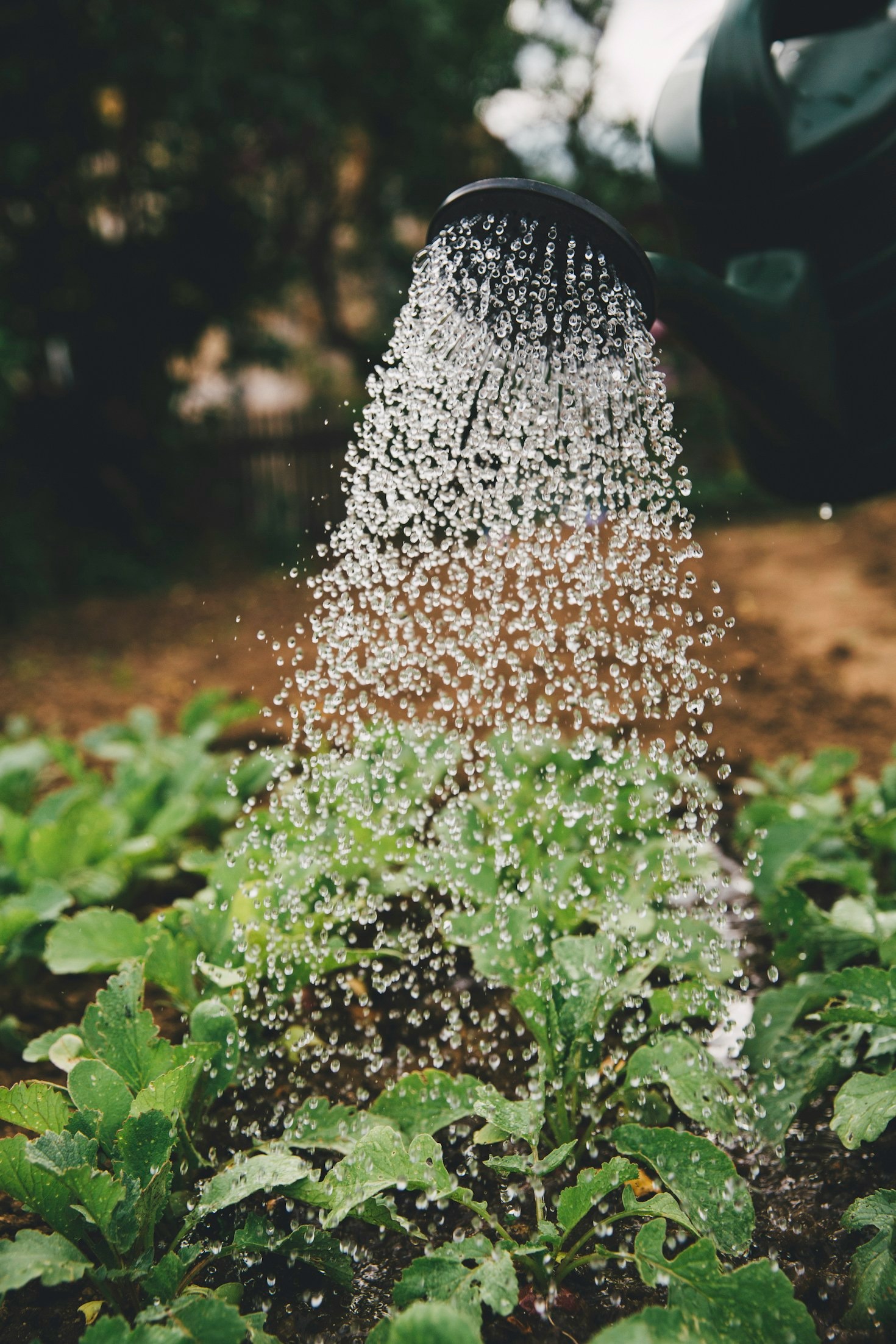When I first started gardening, I didn’t really know what “organic” meant beyond avoiding chemicals. But over time, I realised it was about so much more — working with the rhythms of nature, building healthy soil, supporting pollinators, and creating a space that felt alive and balanced.
Organic gardening has helped me slow down, reconnect with the land, and grow food I feel proud to share with my family. It’s not about being perfect — it’s about making mindful choices, one small step at a time.
If you’re just getting started, don’t worry — you don’t need to know everything. This guide is here to walk you through the basics of organic gardening, with simple tips that can make a big difference, no matter the size of your space.
Let’s grow something good — together
Sometimes, the simplest moments hold the deepest wisdom. Let your thoughts settle, and clarity will find you.
Starting your own organic garden is one of the most rewarding things you can do — for your health, your home, and the planet. But if you’re new to it, the terms and techniques can seem a little overwhelming.
Don’t worry — this guide will walk you through the basics of organic gardening, step by step, so you can get started with confidence.


✅ What Is Organic Gardening?
At its heart, organic gardening means growing plants without synthetic chemicals — no artificial fertilisers, no pesticides. Instead, you work with nature, using natural methods to enrich your soil, support your plants, and keep pests in check.
It’s about building a healthy ecosystem, starting in your own back garden.
🪴 Step 1: Start with the Soil
Healthy soil = healthy plants.
Instead of relying on chemical feeds, organic gardeners feed the soil, not just the plant. You can do this by:
Adding homemade compost or well-rotted manure
Using mulch to retain moisture and reduce weeds
Avoiding soil compaction — don’t walk on growing beds
🌿 Tip: A handful of rich, crumbly compost does more for your plants than any bottle of feed!
🌿 Step 2: Choose the Right Plants
If you’re just starting out, keep it simple. Choose plants that:
Grow well in your local climate
Are naturally pest-resistant
You actually want to eat or enjoy
🌱 Good beginner crops:
Lettuce, radish, chard, carrots, potatoes
Tomatoes, courgettes, herbs (basil, mint, thyme)
📍 Bonus: Try to include a few pollinator-friendly flowers like calendula, borage or nasturtiums.
🐛 Step 3: Natural Pest Control
Forget harsh sprays — organic gardeners manage pests using eco-friendly techniques:
Companion planting (e.g. marigolds near tomatoes to deter whitefly)
Physical barriers like nets and cloches
Encouraging beneficial insects like ladybirds and lacewings
🦋 Tip: A healthy, diverse garden balances itself out over time.
💧 Step 4: Water Wisely
Overwatering is a common beginner mistake. Instead, aim to:
Water in the early morning or evening
Focus on the base of plants — not the leaves
Use a watering can or drip system for control
Bonus: Consider using rainwater with a water butt — it’s better for your plants and free!
🌼 Step 5: Keep Learning (and Enjoy the Journey)
Organic gardening is a learning curve — and that’s part of the fun. Take notes, observe what works, and don’t worry if some things fail. Each season teaches you something new.
Resources to explore:
Royal Horticultural Society – Organic Gardening
BBC Gardeners’ World – Beginner Guides
Permaculture Association UK
🌍 Final Thought
You don’t need a big space or a perfect plan to get started with organic gardening — just a patch of earth, a handful of seeds, and the willingness to grow.
Every time you choose natural methods, you’re helping your garden — and the wider world — become just a little bit healthier.
Ready to give it a go? Share your journey with us at Gardening Without Borders. Let’s grow together. 🌱


Leave a Reply